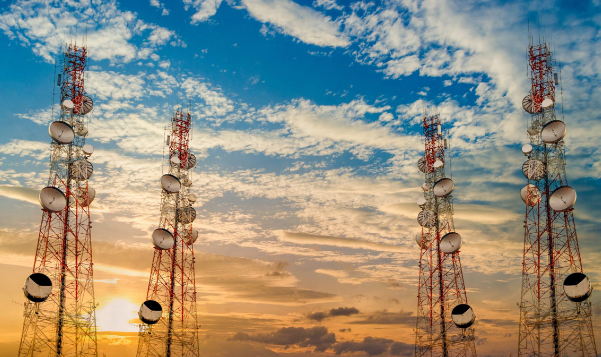Telecom Act 2023
New parts of the Telecommunications Act were recently made public by the UK government. They are meant to make the processes for optimizing and regulating the use of the telecommunications space easier. Some important parts of the Act, like sections 6–8, 48, and 59(b), went into effect today. This piece of legislation goes along with other parts that have been in effect since June 26 and are meant to bring the telecommunications industry up to date and make it more efficient.
Understanding the Telecommunications Act
The Indian Telegraph Act of 1885 and the Indian Wireless Telegraph Act of 1933 are two laws that have been updated and replaced by the Telecommunications Act. This change is in response to the huge technology advances and changes in the communications field. The Act’s main purpose is to set up a complex legal system for managing and allocating the telecommunications spectrum.
Spectrum Utilisation and Management
The parts that were just made public are all about making the best use of the telecommunications spectrum. The rules allow different actions, like giving up, sharing, selling, leasing, and assigning the spectrum to someone else. The goal of these plans is to make sure that the spectrum, which is a limited resource, is used in the best way possible and can be changed to fit new technologies. In addition, the act supports a technology-neutral method that lets spectrum use be flexible and open to more options.
Regulatory Changes and Appointments
Section 59(b) of the Act changes Section 4 of the Telecommunications Regulatory Authority of India (Trai) Act 1997. It sets new rules for how the Chairperson and members of TRAI are chosen. This change is very important to make sure that the governing body is run by people who meet the higher standards and requirements of today’s telecoms industry.
Impact and Enforcement
The Act not only changes the rules, but it also gives the Central Government the power to set up effective ways to police the rules and keep an eye on things. As part of this, it is illegal to use any communication equipment that stops calls unless the government specifically allows it. These kinds of steps are necessary to keep telecom services safe and secure. To sum up, the Telecommunications law sets up a complete and up-to-date system for handling the telecommunications spectrum and regulatory appointments. This makes sure that the sector keeps up with changes in technology and uses a system that is both efficient and adaptable.
About Telecom Regulatory Authority of India (TRAI)
- Regulatory Oversight: Established in 1997, the Telecom Regulatory Authority of India (TRAI) regulates the telecommunications sector in India. Its mission includes ensuring compliance, promoting competition, and ensuring efficient telecom services.
- Consumer Protection: In 2007, TRAI created the National Do Not Call Registry to stop telemarketing scams. In 2018, they put in place the “Telecom Commercial Communications Customer Preference Regulations” to stop unwanted business calls.
- Service Quality Monitoring: TRAI is in charge of regulating cable and television services. It also released the “MySpeed” app, which lets people check their internet speed and report it straight to the government. This makes sure that everything is clear and that the service is good.
Month: Current Affairs - July, 2024
Category: Government Schemes Current Affairs







